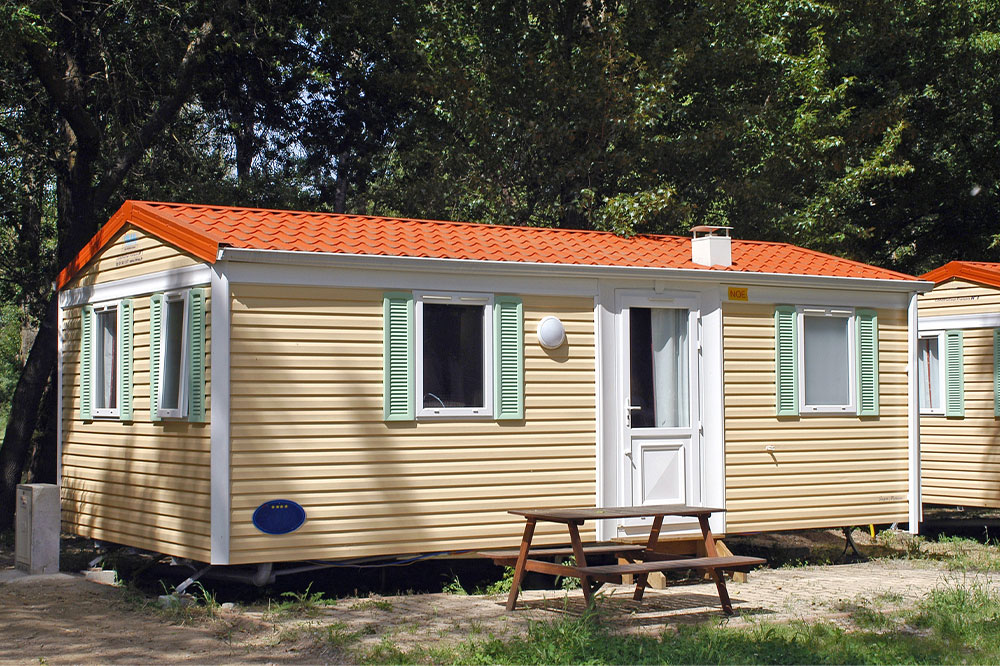Top 8 Support Programs for Low-Income Families
This article highlights eight essential low-income support programs in the U.S., including unemployment benefits, TANF, SNAP, WIC, school meal programs, senior nutrition, housing assistance, and health coverage through the ACA Marketplace. These initiatives aim to provide financial relief, boost access to essentials, and improve living standards for vulnerable populations. Learn how to qualify and apply for each program to support your household’s needs effectively.
Sponsored

The U.S. federal government collaborates with states to provide a variety of assistance initiatives aimed at helping low-income households. These programs offer financial aid and subsidies to reduce expenses related to food, housing, healthcare, education, and other essential needs, empowering families to access vital resources. Below is a summary of some key low-income support schemes.
Unemployment Benefits
Managed by state governments, unemployment benefits are financed through the federal unemployment tax (FUTA) paid by employers, with some states adding their own taxes (SUTA). These benefits provide temporary financial relief for individuals who lose their jobs through no fault of their own, subject to specific eligibility requirements. Applications are processed through local unemployment offices.
Temporary Assistance for Needy Families (TANF)
Previously called welfare, TANF is a federally funded program administered at the state level, designed to support families temporarily. Assistance includes job training, child care, housing, nutrition, and utility help. Eligibility criteria vary by state, and residents can apply via local social services or TANF offices, often requiring participation in work-related activities.
Affordable Connectivity Program (ACP)
Launched in 2022 as a successor to the Emergency Broadband Benefit, the ACP helps low-income households afford internet service. It also offers discounts on laptops, desktops, or tablets purchased from partnered providers. Qualification is based on household income at or below 200% of the Federal Poverty Level (FPL). Applications are available on ACPBenefit.org.
WIC (Women, Infants, and Children) Program
This federal initiative supports low-income pregnant women, new mothers, and children under five. It provides access to nutritious foods, nutrition education, and healthcare referrals. Eligibility depends on income levels and pregnancy or postpartum status. WIC partners with retailers and health agencies to deliver these benefits.
School Meal Assistance
Programs such as the National School Lunch Program, Summer Food Service, and School Breakfast provide free or discounted meals to students from low-income families. Generally, children in families earning less than 130% of the federal poverty guidelines qualify for free meals, with reduced-price options available for those between 130% and 185% FPL.
Food Support for Seniors
Seniors aged 60 and above can participate in programs like the Senior Farmers’ Market Nutrition Program, which provides coupons for fresh produce, and the Commodity Supplemental Food Program, offering monthly nutritious meals. Eligibility depends on age and residence in participating areas.
Housing Assistance Options
Low-income renters can access subsidized housing through various channels: private subsidized units, HUD public housing, or the Housing Choice Voucher (Section 8) program. Applicants typically need to locate properties through Resources.HUD.gov or local housing authorities, with government assistance covering part of the rent based on income qualifications.
Health Insurance via the ACA Marketplace
The Affordable Care Act established the Health Insurance Marketplace to facilitate affordable coverage for uninsured individuals. Applicants without insurance can apply for plans, and those with incomes below certain thresholds may qualify for subsidies that reduce premium costs.






